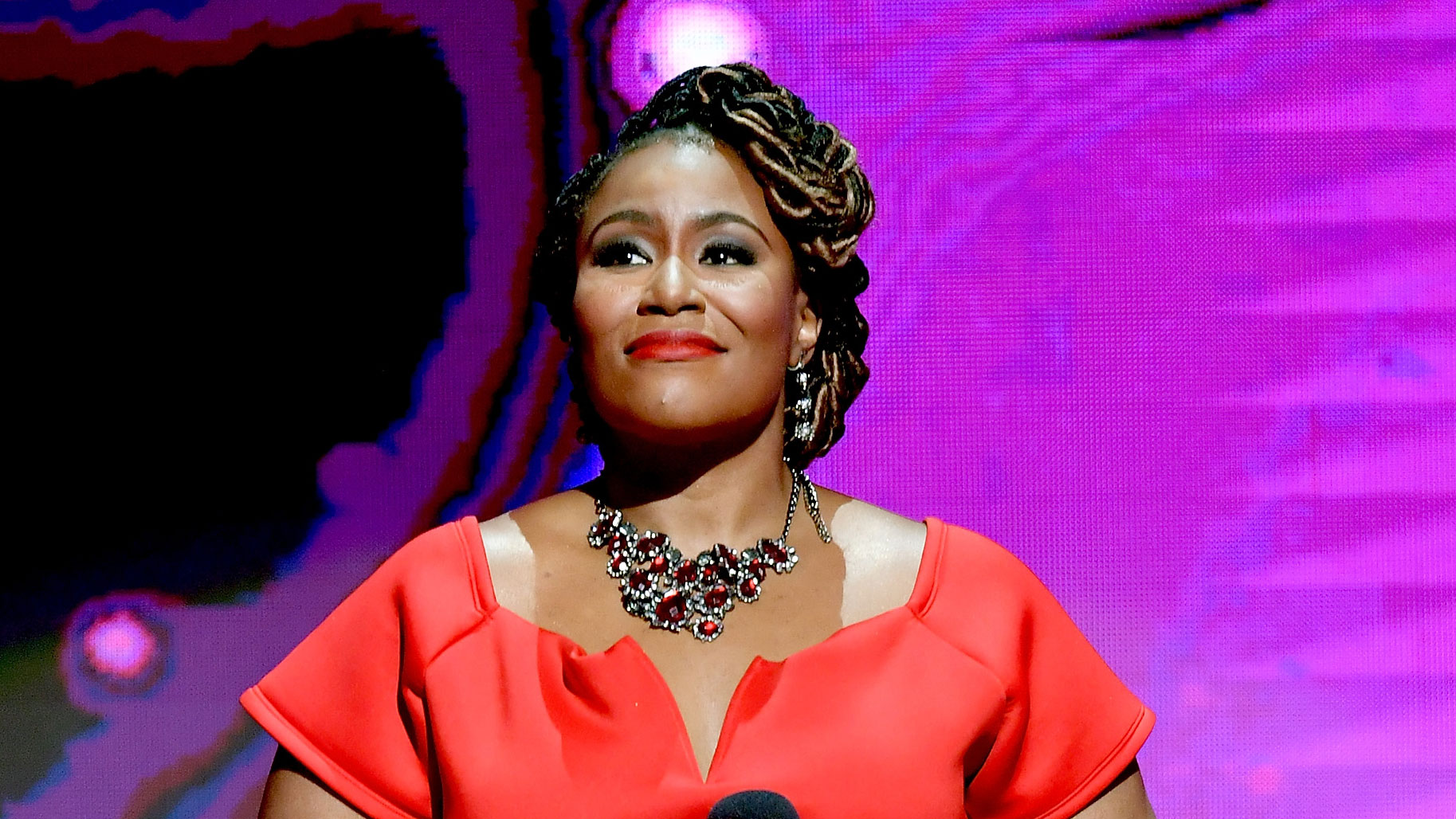Johnny Depp is 53 years old but he doesn't look a day over 26 in the new "Pirates of the Caribbean" movie — at least for a few moments. There was no plastic surgeon involved, heavy makeup or archival footage used to take the actor back to his boyish "Cry Baby" face, however. It's all post-production visual effects, and after a decade of refining the process since Brad Pitt ran the gamut of time in "The Curious Case of Benjamin Button," it's becoming commonplace in major Hollywood movies.
Depp is just the latest mega-star to get the drastic de-aging treatment on screen, joining the ranks of Robert Downey Jr. (in "Captain America: Civil War"), Michael Douglas (in "Ant-Man"), Kurt Russell (in "Guardians of the Galaxy Vol. 2") and scores of others getting digital facelifts to play younger versions of themselves. In the old days, a lucky unknown lookalike (or look enough alike) could have scored the part of young Jack Sparrow or Tony Stark. Now, if the film has the budget, the stars get to have it both ways — and audiences get a nostalgic flashback.
Lola Visual Effects is responsible for Depp's transformation, and most of the Marvel tricks, which have included making Chris Evans scrawny for the original "Captain America" and Hayley Atwell some 70 years older for the sequel.
Lola was the pioneer behind "Benjamin Button," too, and sells their services to all the major studios. It's one of a handful of vendors that have gotten in the so-called "beauty work" business. It's often meant to go unnoticed (like removing a blemish), and is generally buried under mountains of confidentiality agreements.
In the case of Depp, and most of Lola's de-aging work, the process starts with capturing a performance from the actor and then manipulating it. This isn't always necessary — "Rogue One" recreated the late Peter Cushing's Grand Moff Tarkin without him, and Carrie Fisher's Princess Leia using doubles — but it was critical for "Pirates."
"No one else can be Jack Sparrow," said Gary Brozenich, the Oscar-nominated VFX artist who oversaw visual effects for the film. "Trying to do a digital approximation ... audiences would see right through it."
Brozenich and the filmmakers decided to bring Depp back to how he looked around the time of "21 Jump Street" and "Cry Baby" and went through a number of iterations, over the course of six months, to arrive at the perfect age (roughly 26) — which Depp, Disney and Jerry Bruckheimer had to sign off on. The final shots, of which there are 20-25, took about 15 artists a year of work.
U.S. & World
That Depp has been famous since that age was both a blessing and a curse for the production. They had numerous reference points to work with, but, so would the audience.
"Working on the human face is one of the, if not the most challenging thing to do," said Trent Claus, the visual effects supervisor for Lola VFX. "People can tell when there is something amiss. Even if they can't put their finger on what is wrong, they can tell that something is wrong."
And while the artists have gotten better over the years and have mostly managed to avoid drifting into the dreaded uncanny valley — the term used to describe the eerie feeling you get when looking at a digital person who is near-lifelike, but not quite enough — there are still trouble spots.
"One of the things that we struggle with is the bottom of the chin. As you get older there tends to be a lot of sag and extra skin that develop underneath the jaw," Claus said. "It is unfortunately not just a simple task of removing the wrinkles because the skin isn't going to be responding the same as it did when you were younger. You have to change not only the way it looks on the outside but how it moves and reacts to movement and expressions."
To counteract this, productions will often shoot a younger double to mimic an actor's performance, which they will use as a reference point for how the younger skin should behave and look in certain lights.
"We're constantly fighting making it look lifelike. One of the advantages of the process that we use is by keeping the original actor, we have that starting point of life, of reality," Claus said.
It makes the whole process harder, but, "It's worth it."
Reactions, lately have been mixed, ranging from nostalgic delight and "how'd they do that" curiosity to dismay and wariness about its future.
New York Magazine critic David Edelstein wrote that the "recreations" are "far more disturbing in their real-world implications than the fictional destruction of planets and galaxies."
For New York Times critic Manohla Dargis, Russell's younger visage was "weird" and "disrupting."
"It makes you contemplate whether this Benjamin Button-style age-reversing is going to become an increasingly standard (and creepy) industry practice," she wrote.
"Pirates 5" co-director Espen Sandberg isn't as dark about it.
"For me it's just another storytelling tool and I think it's really cool," he said.
And for the VFX artists, it's only the beginning.
"Right now what we're using it for is a very nuts and bolts solution to a problem. There's a different and more creative future for it," Brozenich said. "There can be even crazier, more creative uses for it ... maybe a hybrid of several actors."
He thinks the next step is a digital character that plays a larger part, and not just a flashback. After all, the young Han Solo movie isn't using a de-aged Harrison Ford or Billy Dee Williams — they've cast Alden Ehrenreich and Donald Glover.
"We have digital characters that are a primary part of (films), like Rocket and Groot from 'Guardians of the Galaxy' ... But they're never a full-on human performer that plays a key role throughout the duration of a feature film," he said. "I think that that's really the Holy Grail."
AP Entertainment Reporter Ryan Pearson contributed to this report.



